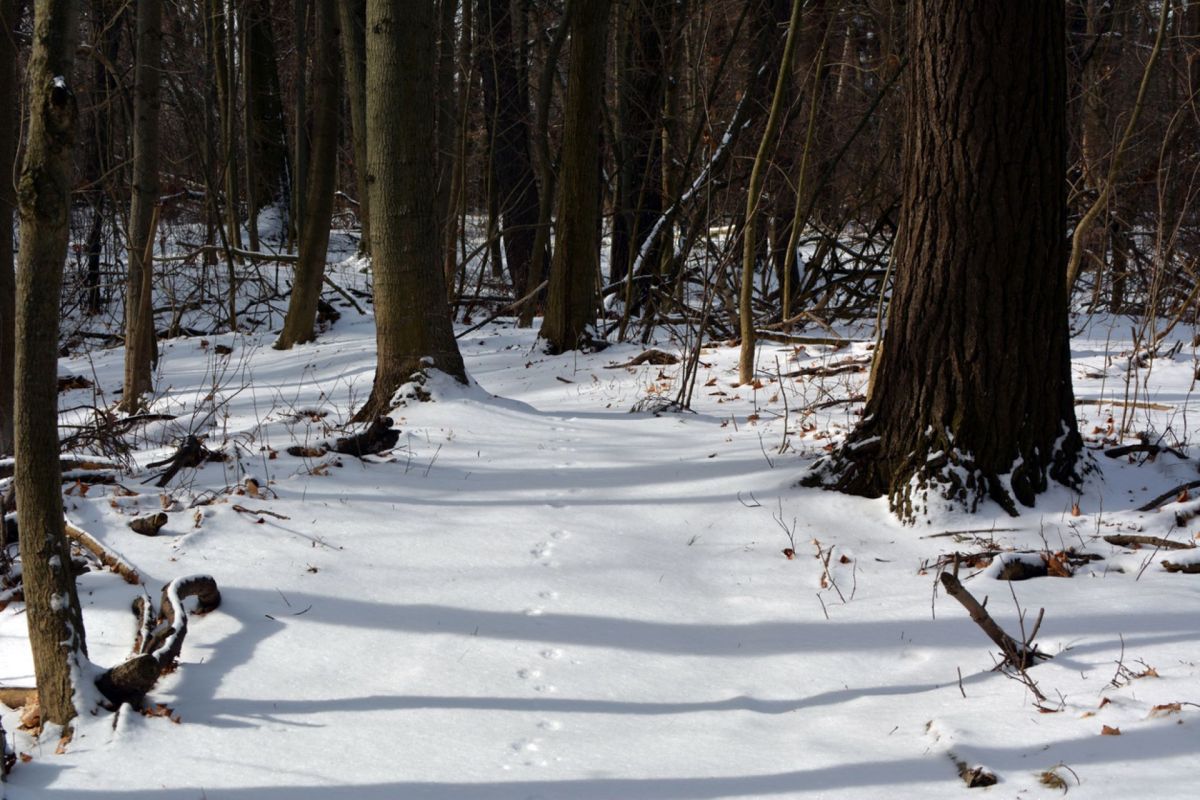The qualities of snow in North America may be shifting under animals' feet, tilting the scales toward predators and sending large prey into a "danger zone," according to researchers from the University of Washington.
What's happening?
On expeditions to northern Washington state and Alaska's Denali National Park, the scientists hunted animal tracks and measured how far different species were sinking into snow.
They related the footprint findings to measurements of the snow itself, discovering that near-surface snow density was the best predictor of animals' sinking, as they published in a paper in the journal Oikos last year.
The trouble for caribou, moose, and other large prey animals is that they do less well when snow is less dense. This affects how much energy they use getting around, as well as how likely they are to stumble while being chased.
"Deep, fluffy snow favors predators," said UW professor Laura Prugh, one of the researchers, in a UW video about the study. "Shallower, harder snow tends to be easier for prey to escape and move around [in]."
"Certain species, such as wolves and lynx, have adapted to deep snow conditions because their feet act like snowshoes," Prugh told UW News. "But their prey, such as caribou and moose, are heavier and have hooves instead of paws, so they sink in more."
As part of their analysis, the scientists defined a "danger zone" for each of 10 different predator-prey pairings — a certain range of snow density within which the predator in a certain place has "a mobility advantage" over its prey.
Why are changes in snow conditions important?
According to the researchers, rising temperatures worldwide are making things warmer in cold, snowy places and changing the levels of precipitation.
"[These factors are] going to affect how deep and hard the snow is," Prugh told UW News. "That's going to affect how deep the animals are sinking into the snow. Few scientists have looked at this before."
Ecologically speaking, shifting snow properties could alter predator-prey relationships.
Interactions between predators and prey are complex and depend on many factors, as the researchers point out in their paper. However, a shift in the ecology of snowy areas is one more possible implication of rising global temperatures — which also has effects on people, ranging from reduced snowpack for skiing to diminished water supplies and worsening droughts.
What's being done about changes in snow conditions?
Among the many ways to address human impacts of environmental changes in a warming world is to become more involved on climate issues.
Meanwhile, by defining the "danger zones" for cold-climate prey animals, the UW research may help wildlife managers prepare for the effects of changes to the snowpack.
"These danger zones provide a useful framework to anticipate likely winners and losers of future winter conditions," the researchers concluded.
Join our free newsletter for weekly updates on the coolest innovations improving our lives and saving our planet.









